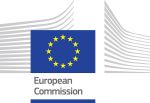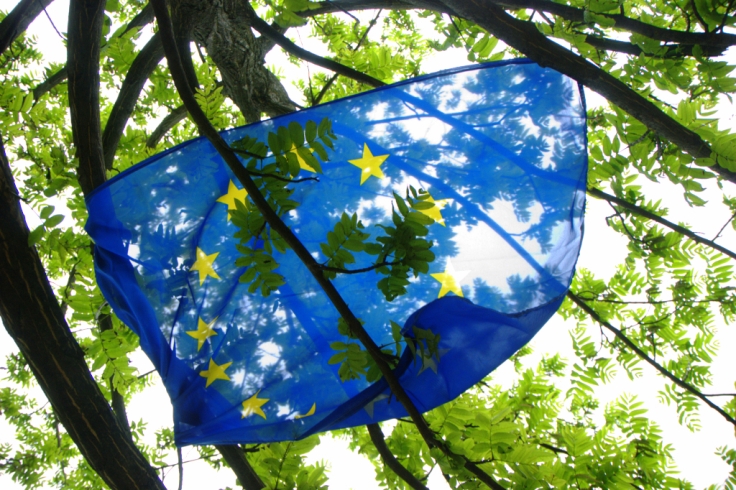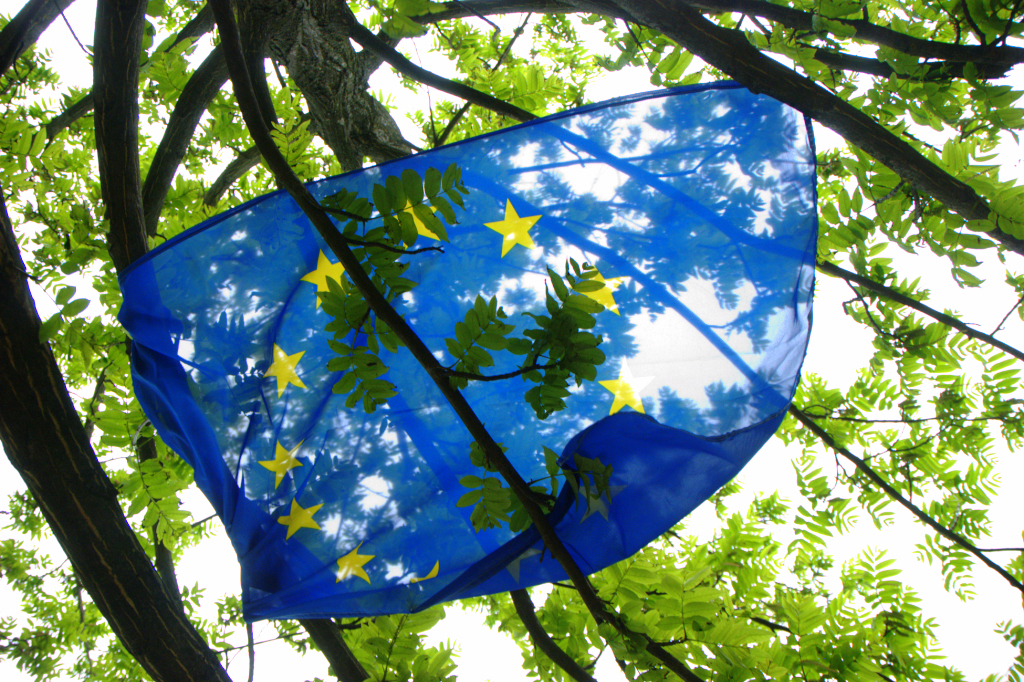By Bruktawit Ejigu Kassa
*This blog post is part of the Jean Monnet Chair of European Media Governance and Integration series

What is the worst harm pornography can cause? And some people joke just a paper cut. An absurd lie considering the physical and psychological harm pornography can pose for women, children and men too. [1] For too long, feminist scholars and activists have voiced their opposition to pornography stressing its negative impact regarding inflicting violence against women, and damaging the dignity and human rights of women and girls.[ 1, 2, 3 and 4]
Despite some disagreement in the literature, most of the studies in experimental psychology have found ‘reliable associations between exposure to violent pornography and both men’s attitudes about rape and their aggressive behavior’. [3] In William Marshall’s 1988 studies of prisoners (in Simonton, 2012 [1]), 86% of rapists admit to regular use of pornography, with 57% admitting actual imitation of pornographic scenes in commission of sex crimes. Eighty-seven percent of molesters of girls, and 77% of molesters of boys admit to regular use of hard-core pornography.

At large, pornography can contribute to violence against women by ‘normalizing male dominance, fostering feelings of aggression in a sexual context, and creating a tool of abuse in intimate partner relationships as well within the porn industry’. [4] Hence, it can inculcate a culture of men’s supremacy and women’s subordination, which can disrupt the struggle for gender equality, a mission the EU strives to achieve.
Regardless, pornography and its link to gender based violence have been an overlooked topic in EU policies. The EU had taken rare measures and hardly triumphed in regulating the production and distribution of pornography, except the inclusion of the prohibition of child pornography in the 2007 revision TVWF Directive [5]. ‘The few attempts made by the EU to address the overall culture of sexism in media content and representation have been met with extreme hostility by powerful lobbies of the media industry’. 6 Such resistance could be the reason for the desertion of a promising call for a ban on all forms of pornography in the media and on the advertising of sex tourism in the 2013 Report on eliminating gender stereotypes in the EU .[7]
The New York Times [8] referred to this proposal as ‘a reincarnation of sorts of a proposal from September 1997, when MEPs passed a resolution that called for “statutory measures to prevent any form of pornography in the media and in advertising and for a ban on advertising for pornographic products and sex tourism.” The proposed ban was considered as a vigorous plan to limit freedom of expression, and failed to succeed.
In fact, the right to freedom of expression has always been used to stop the EU’s plan to intervene in the porn industry. Another ‘most challenging document drafted by the EP [in 2003] was also abandoned as it became trapped between dilemmas of freedom of expression and human safety, the debate around pornography and the sex industry being framed as one of censorship’.[6] People in the porn industry are ‘comfortably shielded from liability for the harm they cause by their so-called “free speech.”’ [1]
Although pornography has won the fight in the EU under the pretext of free speech, the real reason can actually be the multi-billion-dollar revenue the porn business generates. This economic gain could be one of the major factors for the EU failure to regulate pornography, particularly for the sake of promoting gender equality. Given the usual criticism that the EU is always about economic growth, this idea cannot be groundless. The EU has consistently proved to prioritize its economic aims over the question of gender equality.
Throughout history, the issue of gender equality has been given attention when it was in line with the EU economic goals. Starting from its inception the ‘EU’s economic aims have shaped and conceivably trumped gender equality measures. In fact, the first conceptualization of gender equality in EU policy; in the Article 119 of the 1957 Treaty of Rome [9], was guided by economic growth and competitiveness, any reference to the interest of women was missing.’ The emphasis of EU policy has always remained on economic gains. [10] Hence, banning pornography may appear as a contradiction to its economistic agenda.
Nowadays, pornography is getting even less visible and barely mentioned in the EU gender equality reports. It is, therefore, hardly a surprise that the EU 2017 gender equality report [11] has made no single reference to pornography in any account.
Receiving zero attention in EU policy, however, pornography keeps profiting off women and girls’ abuse by shielding in the name of free speech, a ridiculous excuse for making money at the expense of human dignity.
References
[1] Simonton, J. A, 2012, Censored Truth
[2] Dworkin, A., & C. MacKinnon (1988) Pornography and Civil Rights: A new day for gender equality.
[3] Romito, P and L. Beltramini (2011) Watching Pornography: Gender Differences, Violence and Victimization. An Exploratory Study in Italy. Violence Against Women 17(10):1313-26
[4] Gutierrez, E. (2013) Pornography and Violence Against Women
[5]http://eur-lex.europa.eu/legal-content/EN/TXT/PDF/?uri=CELEX:32007L0065&from=EN
[6]Sarikakis, K and T. E. Nguyen (2009) The Trouble with Gender: Media Policy and Gender Mainstreaming in the European Union. European Integration 31(2) 201–216
[7]http://www.europarl.europa.eu/sides/getDoc.do?pubRef=-//EP//TEXT+TA+P7-TA-2013-0074+0+DOC+XML+V0//EN
[8]https://rendezvous.blogs.nytimes.com/2013/03/08/is-europe-trying-to-ban-pornography/?_r=1
[9]https://ec.europa.eu/romania/sites/romania/files/tratatul_de_la_roma.pdf
[10] Weiner, E and H. MacRae (2014) ‘The persistent invisibility of gender in EU policy: Introduction’, in: Weiner, Elaine and Heather MacRae (eds): ‘The persistent invisibility of gender in EU policy’ European Integration online Papers (EIoP), Special issue 1, Vol. 18
[11] http://www.coe.int/en/web/genderequality/-/2017-report-on-equality-between-women-and-men-in-the-eu


Leave a comment